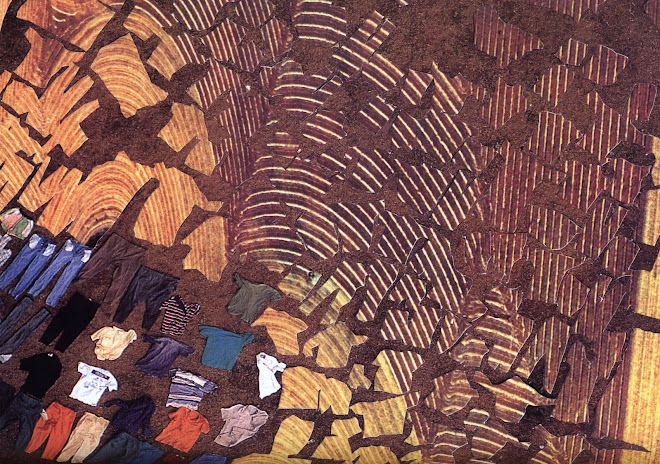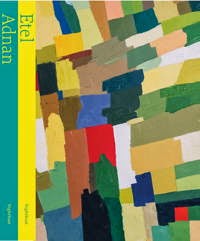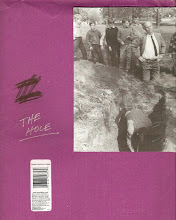


The following is from an essay I am writing about the work of Bhanu Kapil, Robert Kocik, Jalal Toufic and others...
...As in the work of Jalal Toufic, who locates his own figures of loss and cultural survival in the vampires of American and European Vampire films, transposing the qualities of the Sufi, Yogi and Zen master through the figure of the vampire, Bhanu Kapil locates herself and others through the non-human subjectivities of the monster, cyborg, “humanimal” (a person who occupies a status between the animal and the human), and schizophrenic. While Toufic and Kapil are obviously not the first “others” to identify with the animal, monstrous, insane and non-human (one recalls Franz Kafka’s Red Peter, Gregor Samsa, and the countless other monsters and liminal beings which extend the writer's own situation as a Prague Jew in the early 20th century; one may also think of Donna Haraway’s famous “Cyborg Manifesto,” a work quoted by Kapil as an epigraph to Incubation: a space for monsters, which seeks to pose the situation of women and other marginalized identity categories through the “inappropriate”* figure of the post-human cyborg; the list of examples could go on… Fanon, Artaud, etc.) Kapil and Toufic are perhaps most unique in the ways they link so explicitly figures of the non- and post-human with their own autobiographies. Whereas through Toufic’s work he imagines encounters with others where he is the undead, schizo, and a vampire (analogous figures of what Toufic’s calls “dying before dying” and “every name in history is I”), in Kapil’s Incubation: a space for monsters she is alternately both cyborg and monster, the cyborg blending in, trying to “pass” for human; the monster wearing its inassimilability on its sleeve, as in the case of Kapil’s alter-ego, the medical curiosity/carnival freak, Laloo.
Significantly, Toufic and Kapil both emigrated to the United States as college students, and have since lived both in the United States and their countries of origin, and so can be said to be multicultural or international persons in the most literal senses of these terms. While we can (and perhaps should) take these non-human identities as mere metaphors, I think they are metaphors which do a very specific work. And this is to make legible the dilemmas of actual, historic entities who have “tunneled” through what Kapil calls in the first pages of Incubation: a space for monsters the “concave warp in the dirt of the line.” The figures of this “line of flight," unlike many of the figures whom Gilles Deleuze and Felix Guattari hold up as resistant intensities in their Capitalism and Schizophrenia volumes, have not elected their deterritorializing as a force of “outside,” so much as they are surviving it. We might say, rather, that they are electing it retrospectively, as acts of overcoming (Nietzsche), or forthcoming (Toufic).
What the monster, the cyborg, the vampire, the schizo, the humanimal risk, is the affirmation of subjectivities unwelcome by official cultures, national narratives, and hegemonic ideational structures. Arguably, what survives through these affirmations is not just the singular—the account Toufic or Kapil would like to give of their own bodies, or the bodies of those torn by the Lebanese Civil War or the crisis of stateless and displaced people everywhere. What Kapil and Toufic are documenting through their work, making legible and available, are whole histories of nonexperience and experiences submerged by cultural conflict. Likewise, in the case of Toufic in particular, what may survive his work are concepts endemic or appropriate to his culture direly in need of transmission, if only through objects inappropriate to the concepts themselves. That is, it is very unlikely the figure of the vampire in Western vampire films was meant to transmit the imagination of Sufi literature, and yet one finds images appropriate to mystical Islam everywhere across the genre, from F.W. Mernau’s Nosferatu to Francis Ford Coppola’s Bram Stoker’s Dracula (Love Never Dies)....











